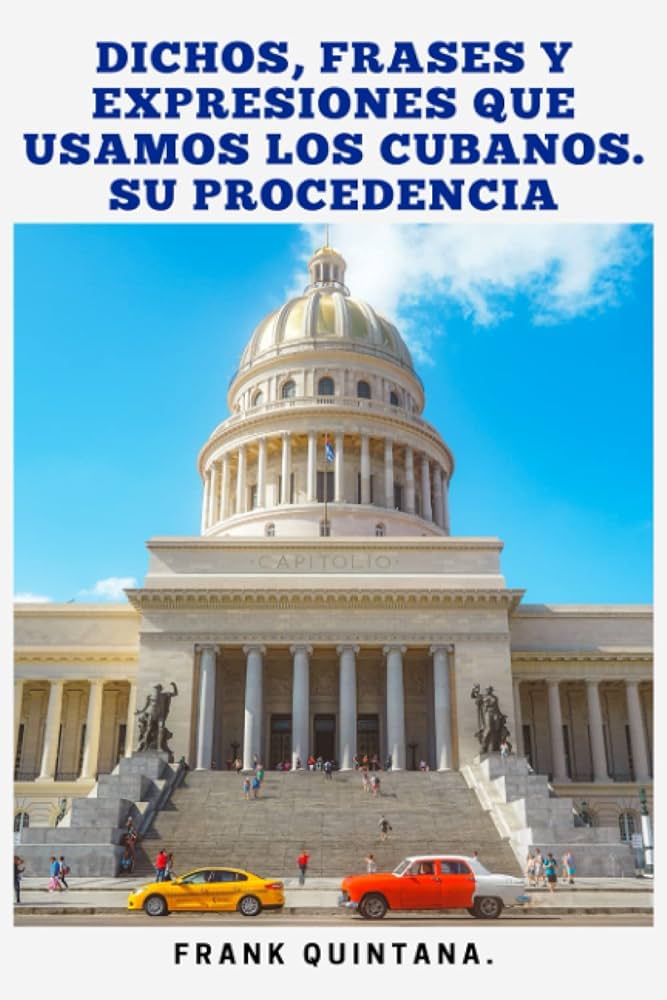
Hay un sinnumero de dichos y frases provenientes de la historia de nuestro pais que han permanecido vigentes en el argot de la poblacion aun cuando traen a veces distintos significados y formas de usarlas, algunas de estas son:

A MAL TIEMPO BUENA CARA
A mal tiempo buena cara: una sonrisa desarma más que una protesta, un buen gesto y una cara amable son más efectivas que las súplicas o imposiciones. Con buena disposición se encuentran mejor las soluciones, se despejan las dudas y se halla el camino. Los cubanos lo saben y hacen de esta su mejor arma ante los muchos y diversos contratiempos que les reserva el día a día.
NO HAY MAL QUE DURE CIEN ANOS NI CUERPO QUE LO RESISTA
No hay mal que dure cien años ni cuerpo que lo resista (pero sí cincuenta): para algunos este refrán es un cómodo conformismo o llamada a la inacción; para otros, sabio comportamiento que da esperanzas ante las situaciones prolongadas cuya solución no se vislumbra (siempre que llueve escampa). Tristemente, la vida sí demuestra que los males pueden durar demasiado y los cuerpos tienen capacidades casi insospechadas para soportarlos.
“EL PAN CON TIMBA”
Cuando los ingleses llegaron a Cuba en 1874 a instalar las vías férreas del ferrocarril (el primero en el continente americano) de Bejucal a la Habana… vieron con sorpresa que los trabajadores en el almuerzo comían Pan con Guayaba… en aquel entonces las barras de guayaba hecha en la casa con azúcar prieta era NEGRA.
Los troncos de madera que se ponían para hacer la vía férrea se les daba un baño de petróleo por lo que se ponían negros… en ingles esos travesaños se llaman “TIMBER” ties. Los ingleses le decían a sus empleados; eso luce como un “Pan con timber” de ahí… así surgió el ”…
“LLEGO A LA BODEGA LUZBRILLANTE”
Cuba es el único país que le cambió el nombre al Queroseno y es conocido como “Luzbrillante” el origen del cambio se debió a una enorme campaña publicitaria hecha por los fabricantes de las faroles de Queroseno … que decía: “Ponga LUZ Brillante en su casa” eventualmente fueron las clases pobres los que son bien conocidos por no pronunciar la “Z” los que usaban dichos faroles de Queroseno y cuando llegaban a comprar… decían “Deme LUBRILLANTE” así el Queroseno en Cuba paso a ser conocido como Lubrillante.
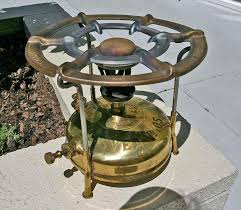
“CAYO ENVUELTO EN LLAMAS”
Este dicho es más reciente: Fue creado en los años 1943…46… el origen fue las películas americanas en la guerra contra Japón… los aviones Japoneses… todos caían envueltos en llamas… los japoneses no saltaban en paracaídas… Rápidamente los cubanos a todo el que tenía un problema así lo describían. Las nuevas generaciones que no vieron esas películas… lentamente siguieron usando el dicho pero eliminaron… “la caída” … así ahora solo dicen “Está en llamas” (También se creó el dicho “está que echa candela.)
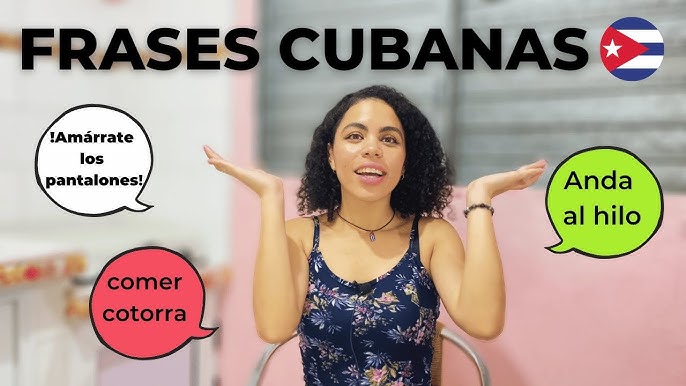
POPULAR CUBAN SAYINGS THAT HAVE REMAINED IN OUR VOCABULARY OVER TIME. PHOTOS.
There are countless sayings and phrases from the history of our country that have remained in the slang of the population even though they sometimes have different meanings and ways of using them, some of these are:
IN BAD TIMES, A GOOD FACE
In bad times, a good face: a smile disarms more than a protest, a good gesture and a friendly face are more effective than supplications or impositions. With a good disposition, solutions are better found, doubts are cleared and the way is found. Cubans know this and make this their best weapon against the many and diverse setbacks that day to day has in store for them.
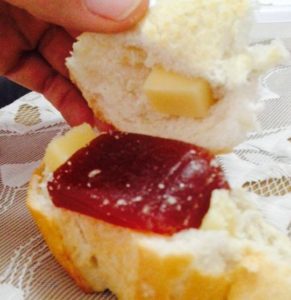
THERE IS NO EVIL THAT LASTS A HUNDRED YEARS OR A BODY THAT CAN WITHSTAND IT
There is no evil that lasts a hundred years or a body that can withstand it (but yes, fifty): for some this saying is a comfortable conformism or a call to inaction; for others, wise behavior that gives hope in the face of prolonged situations whose solution is not in sight (whenever it rains, it clears up). Sadly, life does show that evils can last too long and bodies have almost unsuspected capacities to withstand them.
“EL PAN CON TIMBA”
When the English arrived in Cuba in 1874 to install the railroad tracks (the first on the American continent) from Bejucal to Havana… they were surprised to see that the workers ate Pan con Guayaba for lunch… at that time the bars of guava made at home with brown sugar were BLACK.
The wooden logs that were used to make the railroad track were given a bath of petroleum so they turned black… in English those crossbeams are called “TIMBER” ties. The English would tell their employees; that looks like a “Pan con timber” from there… that is how the “…
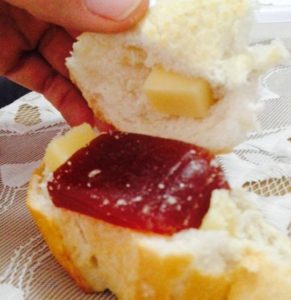
“ARRIVED AT THE BRIGHT LIGHT WAREHOUSE”
Cuba is the only country that changed the name of Kerosene and it is known as “Brilliant Light” the origin of the change was due to a huge advertising campaign made by the manufacturers of Kerosene lanterns… that said: “Put Bright Light in your house” eventually it was the poor classes who are well known for not pronouncing the “Z” who used said Kerosene lanterns and when they came to buy… they said “Give me LUBRICANT” so Kerosene in Cuba became known as Lubricant.
“IT FELL IN FLAMES”
This saying is more recent: It was created in the years 1943…46… the origin was the American movies in the war against Japan… the Japanese planes… all fell in flames… the Japanese did not jump with parachutes… The Cubans quickly described everyone who had a problem like that. The new generations that did not see those movies… slowly continued using the saying but eliminated… “the fall”… so now they only say “It is on fire” (The saying “it is on fire” was also created.)
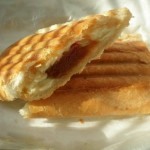
Agencies/ Cjaronu/ Maggie Exposito/ Extractos/ Excerpts/ Internet Photos/ Arnoldo Varona.
TheCubanHistory.com
THE CUBAN HISTORY, HOLLYWOOD.



